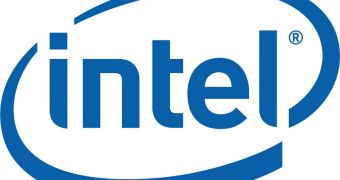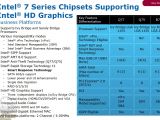With the introduction of the Ivy Bridge processors, Intel will move away from the P-series designation that was used for its previous generations of controller hubs and will instead keep only the H, Z and X product families.
Intel introduced the P chipset family in May 2005, when it launched its Lakeport north bridge controller, also known as P945.
This was used for powering LGA 775 motherboards and it was succeeded by four other P-series motherboard chipsets, the P35, P45, P55 and the recently released P67 chipset.
However, this line will be discontinued in 2012, as Intel has decided to keep using only the H, Z and X designations after the launch of Ivy Bridge.
Just as it's the case with today's solutions, the H-series PCHs include support for integrated graphics, sport a basic feature set and are destined to be used inside entry-level systems, while Z-powered motherboards target mainstream systems and also allow for CPU overclocking.
The top of the line X-series chipsets, which will only be used for Intel's high-performance CPU platforms, target the enthusiast crown and will have prices in excess of $300 US.
The next X-series PCH to be revealed by Intel will be called the X79 and is going to be used for the company's LGA-2011 Sandy Bridge-E processors.
This chipset will include an 8-lane PCI-Express 2.0 hub, 10 SATA 6Gbps ports, 14 USB 2.0 ports, and features an Intel Rapid Storage enterprise controller that enables RAID 0/1/5/10 support, but lacks native support for USB 3.0.
Nonetheless, this feature will be implemented in Intel's Panther Point chipsets for Ivy Bridge processors which include four USB 3.0 ports, an 8 lane PCI Express 2.0 hub, six SATA ports (two work at 6Gbps) and support for Intel's Rapid Storage technology.
The Panther Point consumer chipset family will include three models known as the Z77, Z75 and H77. These will be launched in March/April 2012, together with the first Ivy Bridge processors, while the X79 PCH will arrive in the fourth quarter of 2011. (via KitGuru)

 14 DAY TRIAL //
14 DAY TRIAL // 

